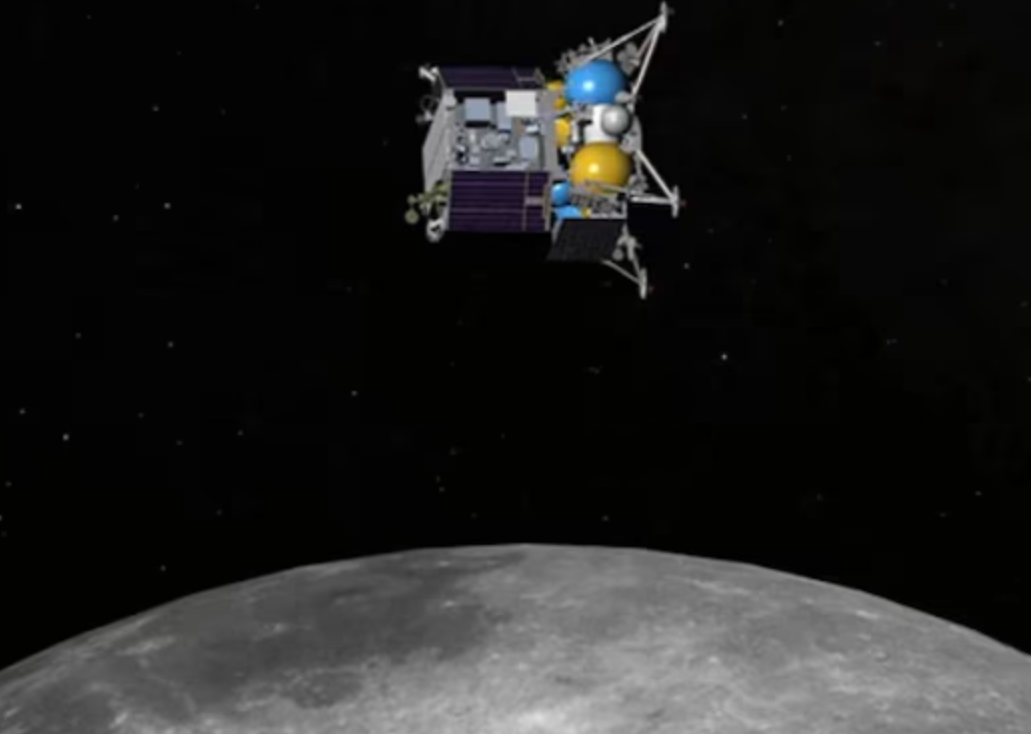Russian Lunar Lander Luna 25 Crashes on Moon’s Surface
Russia’s lunar lander mission, Luna 25, which aimed to land near the lunar south pole at the Boguslawsky crater, crashed on the Moon’s surface during de-orbiting due to technical glitches. The mission was launched on August 10, 2023, atop a Soyuz-2.1b rocket from the Vostochny Cosmodrome. The intended landing date was August 21, but on August 19, an “abnormal situation” was declared after an unsuccessful engine burn command, and on August 20, Roscosmos confirmed that the lander crashed. Luna 25 was the first lunar probe sent by Russia’s space agency Roscosmos and would have been the first to land on the lunar south pole.
Key Points:
- Luna 25 was a Russian lunar lander mission by Roscosmos, initially known as Luna-Glob lander, and later renamed Luna 25 to emphasize continuity with the Soviet Luna program from the 1970s.
- It was scheduled to land near the lunar south pole at the crater Boguslawsky, with a primary mission of proving landing technology and carrying scientific instruments.
- The mission was launched on August 10, 2023, from the Vostochny Cosmodrome using a Soyuz-2.1b rocket with Fregat upper stage.
- On August 19, an “abnormal situation” occurred when an engine burn command was unsuccessful, and on August 20, Roscosmos confirmed the lander crashed on the Moon’s surface after contact was lost.
- The mission carried eight Russian science instruments for various analyses, including neutron and gamma-ray analysis of regolith, plasma measurement in the exosphere, infrared spectrometry of minerals, dust and micro-meteorite measurement, thermal properties measurement, imaging, and Moon libration and ranging experiments.
- Collaboration plans with other countries, such as Sweden’s LINA-XSAN payload and ESA’s PILOT-D navigation demonstration camera, were affected by international events like the 2022 Russian invasion of Ukraine and related sanctions.
Implications:
The crash of Luna 25 is a setback for Russia’s lunar exploration efforts and raises questions about the technical challenges and reliability of space missions. The loss of the lander highlights the complexities of space exploration and the risks associated with exploring challenging environments like the Moon’s surface.


